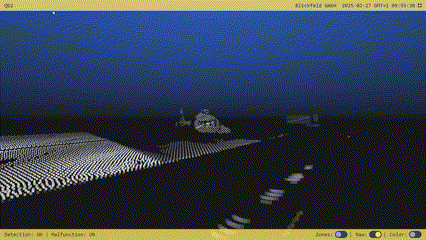Monitoring with Blickfeld’s LiDAR scanner has made object detection at Kassel Airport significantly more reliable - even in challenging weather. Objects are accurately classified in 3D space, and alerts are now limited to relevant events. Our staff has seen a measurable reduction in workload.
Christian Brethauer-Steuber
IT System Administrator, Kassel Airport


